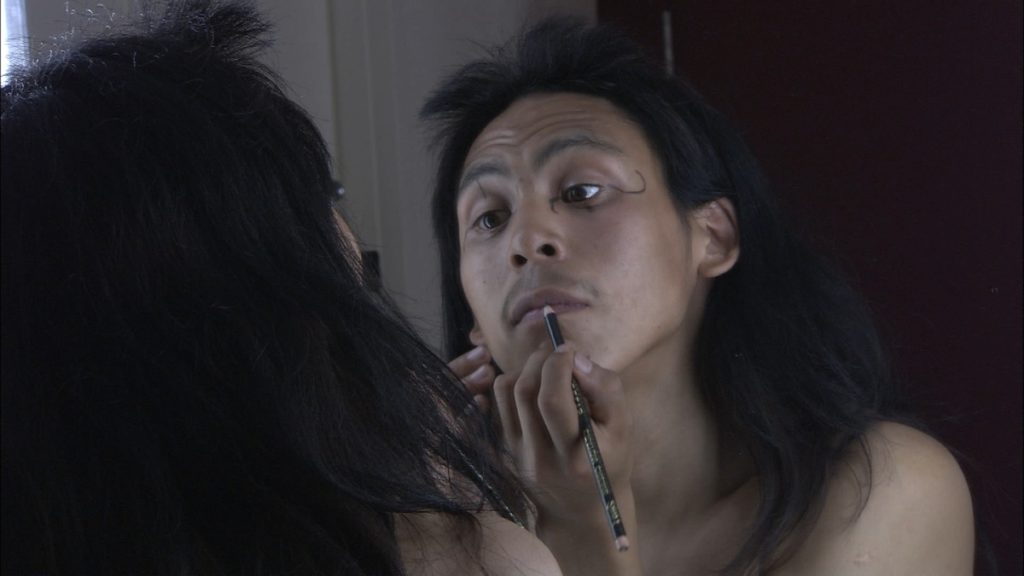Increasing numbers of films by Aboriginal artists and creators are being made available to international and educational audiences by the Aboriginal Digital Access Project, a project at Vtape in Toronto.
To date, more than half of the 800 films and videos on the project’s list have been digitized, says Vtape distribution director Wanda vanderStoop.
“It’s an ongoing process, it never stops,” vanderStoop tells Canadian Art. “We are always looking for new artists to represent, too.”
The Aboriginal Digital Access Project helps get the word out to film programmers, librarians and educators nationally and internationally. It does this by uploading watermarked versions of Aboriginal-made films and videos to a password-protected website which makes those selections easy for programmers, researchers and others to peruse for potential purchase or rental (but not easy to copy or remix).
Among the films involved in the project are Sol, a feature documentary by the Igloolik-based Arnait Video Productions. Sol, which was recently named one of TIFF’s top 10 Canadian films of the year as well as best Canadian feature at the Montreal International Documentary Festival, explores the death of a young Inuk man, Solomon Tapatiaq Uyarasuk; locals suspect murder but the police suggest suicide.
Also getting profile through the project are smaller shorts like Indigo by Amanda Strong. It’s a stop-motion animation piece inspired by Indigenous ideologies and personal experience.
“It [the ADAP] has become extremely useful for giving access to international festivals as far away as Russia and Norway,” vanderStoop says.
The project is especially timely in some respects as international festivals like the Berlinale create programs like NATIVe, which screen films specifically by First Nations creators.
Curators, programmers and others who would like to access the project database—as well as artists who would like to add their works to it—should contact Vtape directly.

 A still from the Nunavut documentary Sol by Marie-Hélène Cousineau et Susan Avingaq, one of the award-winning films distributed through Vtape's Aboriginal Digital Access Project.
A still from the Nunavut documentary Sol by Marie-Hélène Cousineau et Susan Avingaq, one of the award-winning films distributed through Vtape's Aboriginal Digital Access Project.







